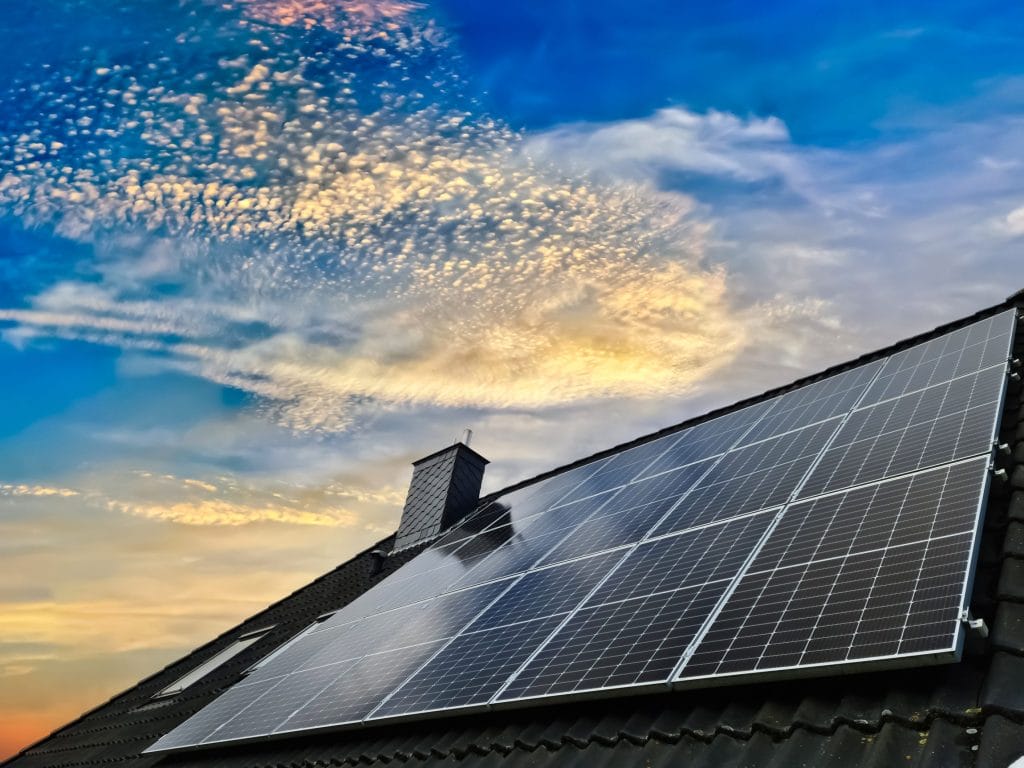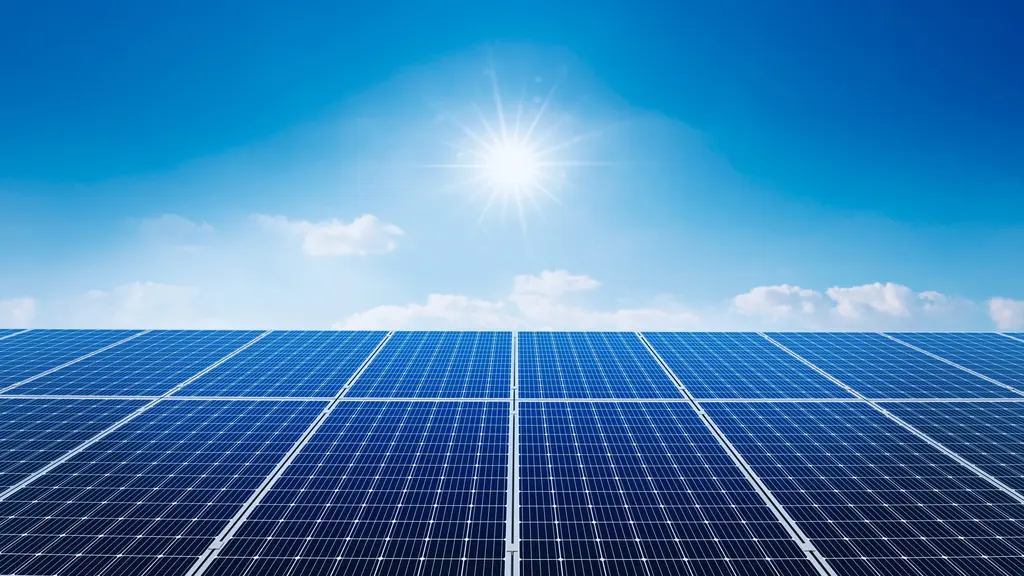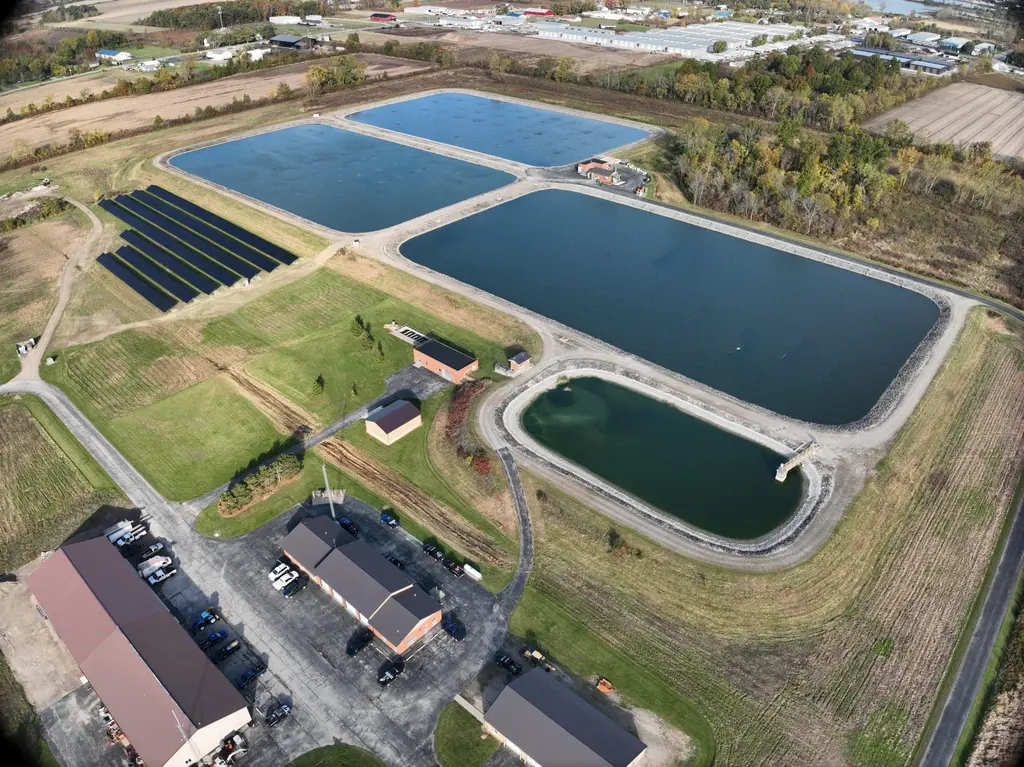All residential solar systems that maintain a connection with their utility company require a bi-directional meter. A bi-directional meter measures the flow of electricity in two directions. It measures how much energy you’ve consumed and how much solar energy you’ve fed back into the grid. Read more about net metering here.
When do I turn my solar system on?
Before you begin the operation of your solar system, wait until your utility installs your bi-directional meter . This is to avoid any generation fees.
Why do I have to wait for the bi-directional meter to be installed?
Some standard meters may include a feature that prevent it from turning backwards and registering reverse power flow. In this case, even though your facility should reduce the amount of electricity the electricity your facility generates in relation to your current consumption would not be measured or subtracted from your overall electrical energy use.
Unfortunately, turning your solar energy system on before the bidirectional meter is installed can lead to extremely large utility bills. In the case that your solar system is on and the bidirectional meter is not yet installed, you could be charged for the energy your solar system produces. This is because your current meter understands all the energy you’ve created as energy used.
Third Sun Solar’s Role
Following installation and inspection of your system, Third Sun Solar will submit a request for bi-directional meter exchange.
Typically, the utility company will install the bidirectional meter anywhere from a week to a month post notification. Unfortunately, your solar company does not have control over when the utility will replace your meter. Additionally, your solar installer and you, the homeowner, are not always notified by the utility that the meter has been swapped! This can leave you waiting and checking your meter regularly, in anticipating of turning on your new solar array!
At Third Sun, we will be persistent in trying to make this happen! If it takes an unusually long time (over a month) we will file a case with the Public Utilities Commission of Ohio (or your state’s Public Utilities Commission) to have them intervene and help accelerate the process.
The Solar Homeowners Role
Be vigilant! Check on your meter! Because the utility company might not notify you or your installer about the meter swap, it’s possible that they install it while you aren’t looking. For the first month, go ahead and check on your meter every once in awhile to see if it has been switched out.
Fine Print Information about Net-Metering and Meter Exchanges
Be aware, as a net-metering customer, you are required to report yearly excess generation credits that total $600 or more to the IRS as miscellaneous income and your utility is required to report this information to you and to the IRS.
Please note that you are responsible for operating the facility safely, in accordance with the terms of the Application/Agreement and the manufacturer’s instructions. You also are to perform regular maintenance and inspections in accordance with accepted practices and the manufacturer’s instructions.
Useful Links:
- Please obtain a W-9 form from irs.gov/pub/irs-pdf/fw9.pdfand discuss with your tax professional.
- Codes for Interconnection and net metering: http://codes.ohio.gov/oac/4901:1-22










